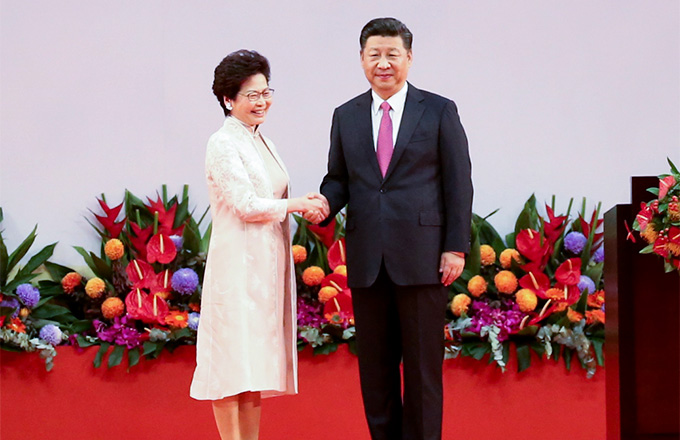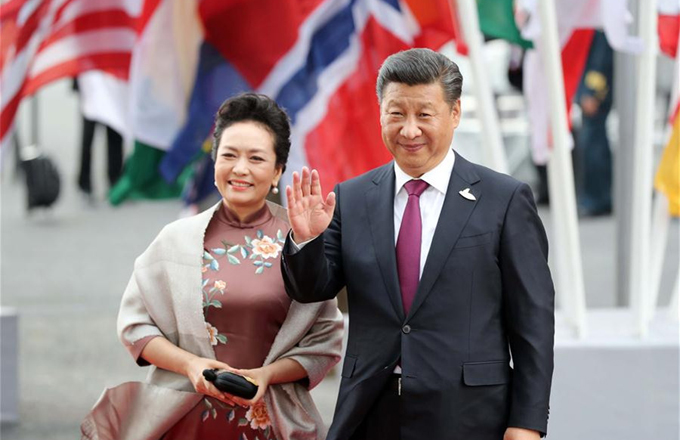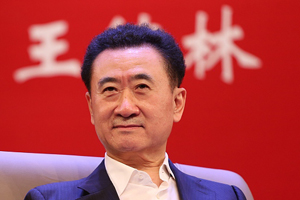With a little give and take, dialogue can bear fruit
There were a number of practical outcomes from the meeting between the US and Chinese presidents in Florida back in April. Among them are a 100-day economic plan for cooperation between the world's two largest economies and the restructuring of their wide-ranging high-level dialogues into four more focused dialogue mechanisms, including one on their economic ties.
As the first round of China-US Comprehensive Economic Dialogue commenced in Washington DC on Wednesday, it was encouraging to note that since the two countries initiated their discussions on the 100-day economic plan, they have made headway in narrowing some of the divergences between them. More important, the intensive engagement over the 100 days is said to have helped the respective economic teams build trust.
There are expectations, therefore, that the economic dialogue will make more progress in easing trade frictions and bridging the differences that exist between the two sides.
There are complaints from the US side that the talks progress too slowly. US companies are eager to gain greater access to the Chinese market, and Washington is urging China to open up more quickly and cut its trade surplus with the United States.
Yet to further reduce trade surplus, China needs to import more from the US, not only beef and beans, but also high technology products. This requires the US to take further steps to clear trade barriers in the form of outdated export controls, a byproduct of the Cold War, rather than unilaterally push China to open its market wider.
China's import of integrated circuits reached $227 billion last year, more than that of crude oil, iron ore and primary plastics combined. Yet only 4 percent of the IC import came from the US due to its export curbs, Vice-Premier Wang Yang said at a forum one day before the dialogue.
Also, if the US could liberalize its export barriers against China to the same level as those applicable to Brazil, US trade deficit with China would narrow by up to 24 percent, he added, citing an April article by the Carnegie Endowment for International Peace.
According to the US-China Business Council, US exports of goods and services to China will double to $369 billion in the next decade. With this big picture in mind, political and business leaders from both sides should bear in mind they have a shared stake in putting aside their differences and working together for a brighter future for Sino-US economic exchanges.
But whatever the speed of progress in the nitty-gritty details of their to-and-fro, it is essential that the two sides continue to work together to move their cooperation forward in a constructive fashion.
- Data of China's first X-ray space telescope to be open to global scientists
- Chongqing runner attempts 111 half-marathons in summer
- Survey reveals high number of Taiwanese regret college major
- Xinjiang students accepted into inland vocational institutes
- High-speed train to reach Shanghai from Beijing in 4 hours





















